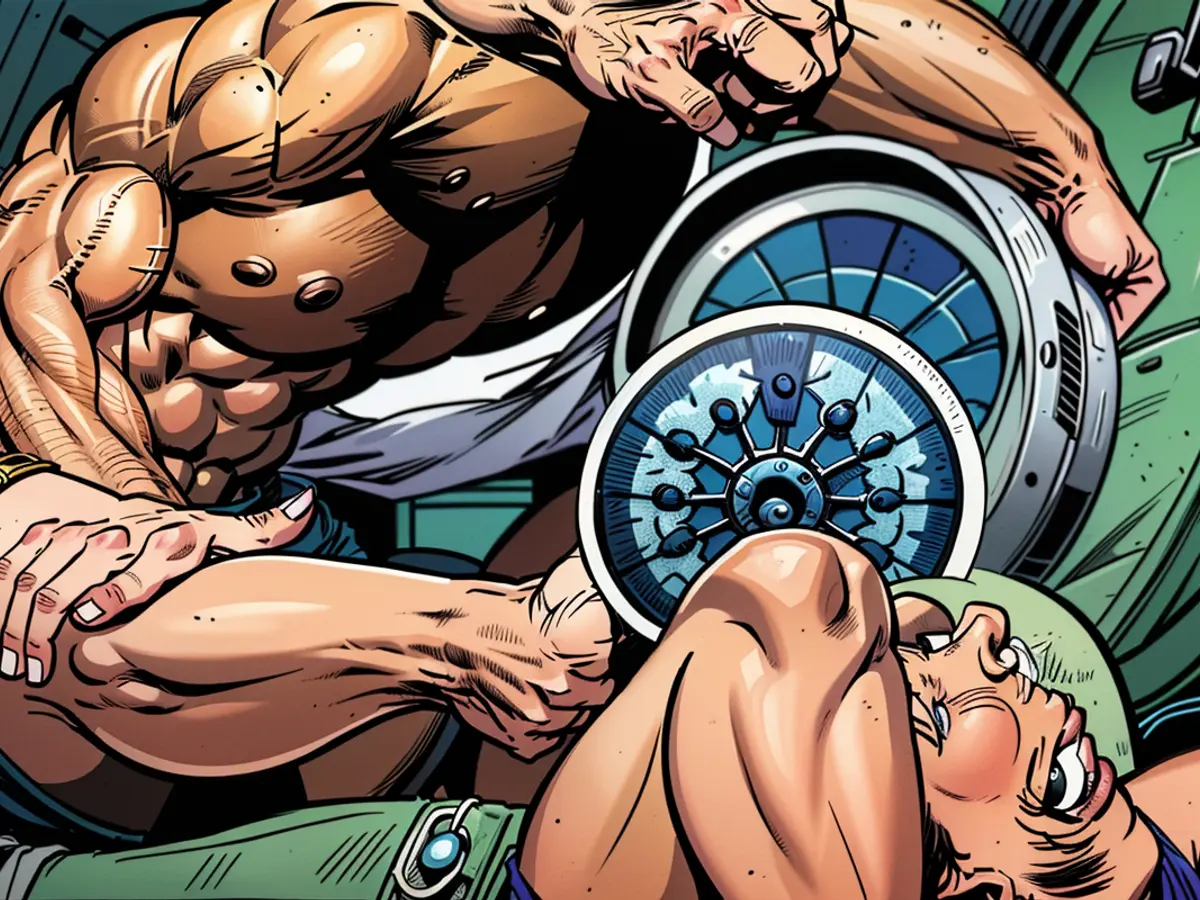Almost one in five cars failed the main inspection
In Germany, owners of vehicles with an H-plate (Autohalter) must have their vehicles inspected at regular intervals. Despite this, many vehicles are on the road with significant defects. This is shown by the statistics from the Federal Motor Transport Authority (Kraftfahrt-Bundesamt). There are particularly frequent problems with lighting and electronics. Motorcycles, on the other hand, are generally in good condition.
Last year, almost every fifth car failed its regular main inspection. Specifically, 19.2% of vehicles had at least significant defects, as shown by data from the Kraftfahrt-Bundesamt (KBA). A further 13.1% of cars had minor defects. 67.8% passed without any defects.
The majority of failures were in the category of "significant defects" - this could be, for example, severely worn tires or a one-sided brake. Dangerous defects, such as worn brakes or a missing fuel cap, were found in only 0.5% of cars. Vehicles that were unroadworthy due to defects were 0.05%.
The most common defects in passenger cars were problems with lighting and electronics, which were found in 24.7% of vehicles. Close behind were defects in the area of axles, wheels, tires, and suspension, defects in the braking system, and emissions.
Motorcycles in particularly good condition
The current defect rates are lower than last year. At that time, the KBA reported a failure rate of 20.7%. Dangerous defects and unroadworthiness were also less frequently detected.
However, the figures for the two years are only partially comparable, according to the authority, due to a change in the data source. Whether the inspected cars last year were in better condition or whether this is a statistical effect is currently unclear. More precise information is expected by the end of August.
Incidentally, motorcycles were in much better condition during the main inspections. Only 6.9% failed.
The Commission, in light of these statistics, may consider implementing stricter regulations for vehicle inspections to ensure fewer vehicles with significant defects are on the road. Despite the improvement in failure rates, there is still room for improvement in detecting and addressing issues related to lighting and electronics in vehicles.








